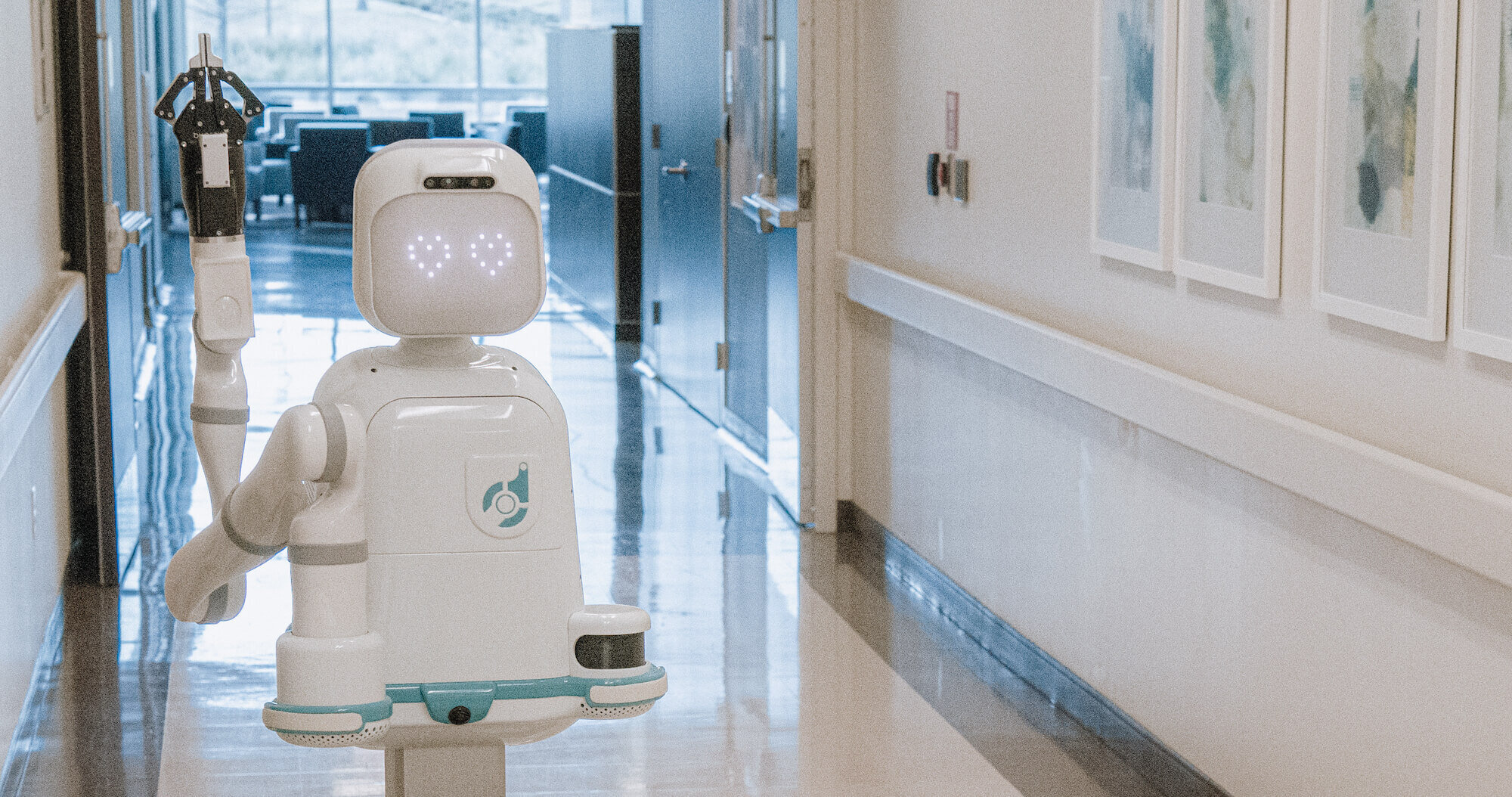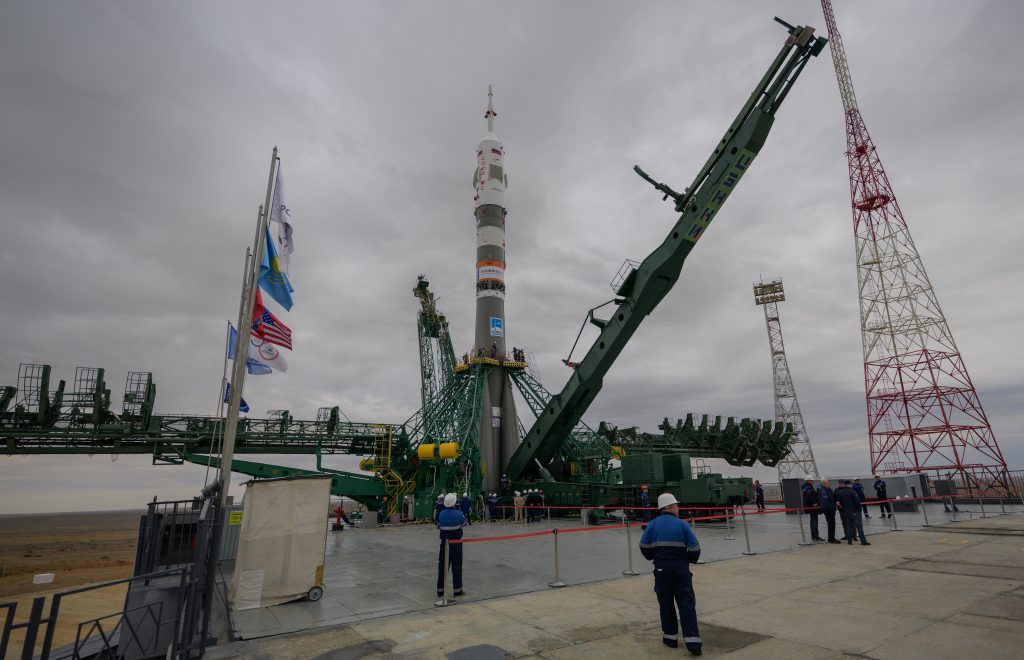
Expedition 71 wrapped up a week of maintenance and health investigations aboard the International Space Station on Friday. The septet worked robotics, two human health studies, and finished some cleaning in the cupola.
NASA Flight Engineer Jeanette Epps started her day in the Japanese Experiment Module to power on Astrobee, the station’s free-flying robots, to later rehearse the device’s flight and tech operations for an upcoming Kibo Robot Programming Challenge. The challenge is an educational program designed for students to solve various given problems by using the free-flying robots, moving and controlling them remotely.
Afterward, Epps removed yesterday’s Immunity Assay samples from Kubik, then incubated them in the Human Research Facility’s centrifuge. The device is designed to separate biological substances from the samples by spinning at high rates in microgravity. Once completed, Epps stowed the samples in MELFI, an ultra-cold freezer, to preserve them for future analysis on Earth.
As part of the CIPHER study, NASA Flight Engineer Mike Barratt set up tomography hardware in the morning and later received an eye examine. In microgravity, body fluids shift toward a crew member’s head, which can cause one of the most visible symptoms of living in space, known as “puffy face.” As fluids shift upward, this can alter the structure and function of the eyes and brain. Astronauts routinely perform eye examines aboard the orbiting complex to help scientist on Earth study these changes.
Barratt then moved onto some spacesuit work, manually removing gasses from the Contingency Water Containers, then filling the water tanks in preparation for a round of spacewalks this summer.
Astronauts often use the station’s cupola to capture photos of Earth or complete robotics activities, among other tasks. NASA Flight Engineers Matthew Dominick and Tracy C. Dyson spent the morning in the “window to the world” to remove and replace some acrylic scratch panes on a few of the windows, work that began earlier in the week, then cleaned the primary pressure panes.
In the Roscosmos segment, Flight Engineer Nikolai Chub and current station Commander Oleg Kononenko spent the day replacing a belt on one of the treadmills. Meanwhile, their crewmate, Alexander Grebenkin, completed some robotic arm simulation training.
NASA, Boeing, and ULA (United Launch Alliance) teams will take additional time to work through spacecraft closeout processes and flight rationale before proceeding with the launch of the agency’s Boeing Crew Flight Test. The teams now are targeting a launch no earlier than 3:09 p.m. EDT Saturday, May 25, for the flight test carrying NASA astronauts Butch Wilmore and Suni Williams to the International Space Station.
The additional time allows teams to further assess a small helium leak in the Boeing Starliner spacecraft’s service module traced to a flange on a single reaction control system thruster. Pressure testing performed on May 15 on the spacecraft’s helium system showed the leak in the flange is stable and would not pose a risk at that level during the flight. The testing also indicated the rest of the thruster system is sealed effectively across the entire service module. Boeing teams are working to develop operational procedures to ensure the system retains sufficient performance capability and appropriate redundancy during the flight. As that work proceeds, NASA’s Commercial Crew Program and the International Space Station Program will take the next few days to review the data and procedures to make a final determination before proceeding to flight countdown.
The ULA Atlas V rocket and Boeing’s Starliner remain in the Vertical Integration Facility at Space Launch Complex-41 on Cape Canaveral Space Force Station in Florida. The NASA, Boeing, and ULA teams remain committed to ensuring a safe Starliner flight test.
Wilmore and Williams will remain quarantined in Houston as prelaunch operations progress. They will fly back to NASA’s Kennedy Space Center in Florida closer to the new launch date. The duo is the first to launch aboard Starliner to the space station as part of the agency’s Commercial Crew Program. The astronauts will spend about a week at the orbiting laboratory before returning to Earth and making a parachute and airbag-assisted landing in the southwestern United States.
After successful completion of the mission, NASA will begin the final process of certifying Starliner and its systems for crewed rotation missions to the space station.
Learn more about station activities by following the space station blog, @space_station and @ISS_Research on X, as well as the ISS Facebook and ISS Instagram accounts.
Get weekly updates from NASA Johnson Space Center at: https://roundupreads.jsc.nasa.gov/
Get the latest from NASA delivered every week. Subscribe here: www.nasa.gov/subscribe




